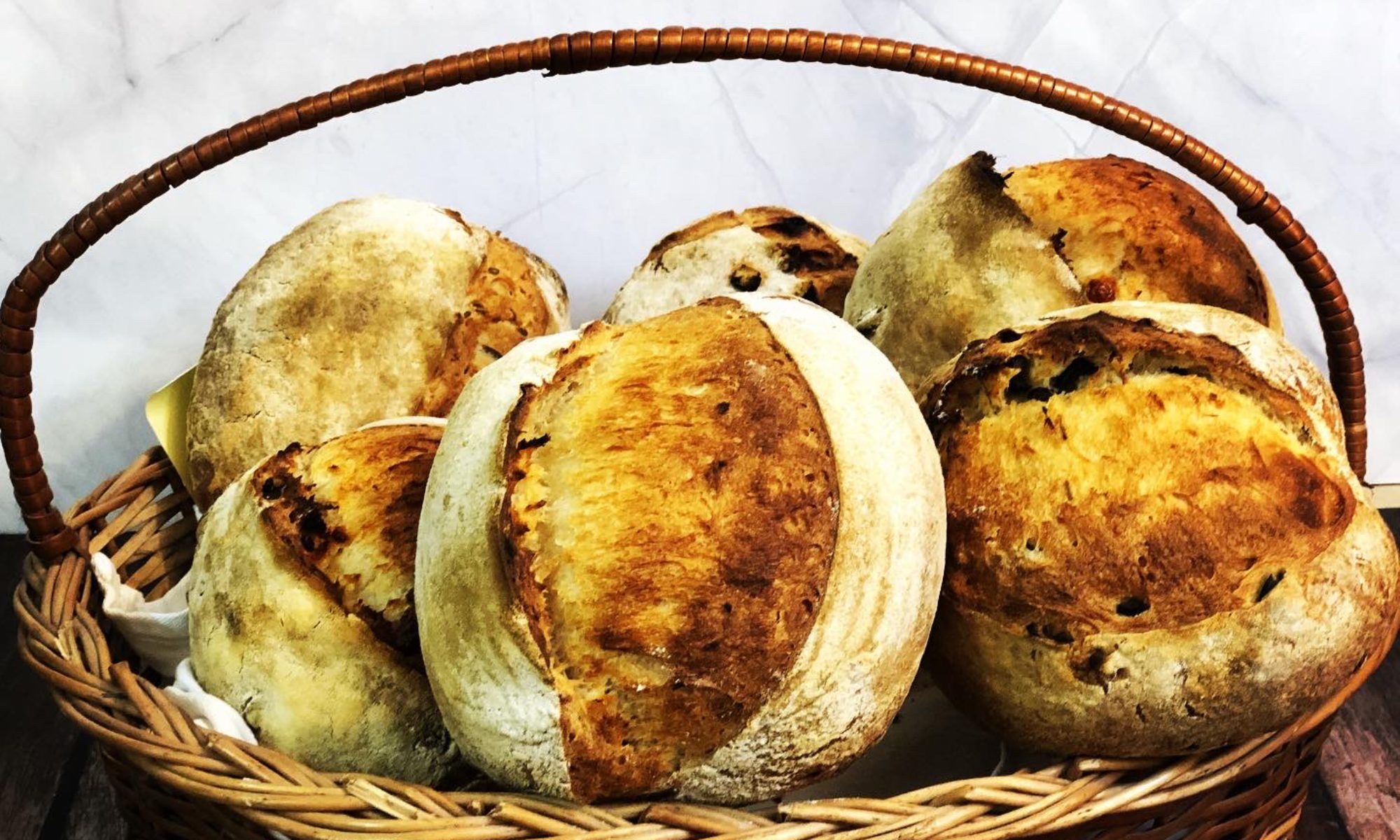When I conduct workshops on baking, I get a lot of questions about the use of ingredients. Every ingredient used in a recipe has a definite role to play. It has certain behavioural characteristics that one needs to understand. Hence, I thought why not write a blog about introduction of the commonly used ingredients in baking? As the topic is so vast, obviously it will be a series of blogs. This one is all about the flour!
One of the most important ingredients in baking is flour. Grains have been a part of human diet ever since man started farming and wheat is the most popular of the grains. Flour made from wheat is the single most important ingredient in baking. The baking industry was revolutionised after technological advances in milling the flour.
In India, there are six different types of wheat flour that are available. Depending on the application, we need to decide which flour to use. In order to do that we need to understand each type of flour. Wheat typically consists of carbohydrates, proteins, minerals, fat and fibre.The protein in the flour forms gluten when it comes in contact with water. Development of gluten decides how the baked good will turn out to be. We will talk more about this in one my later blogs on breads. The amount of protein determines which flour is suitable for which kind of product.
- Whole wheat flour or Ata – Whole wheat flour is made by grinding the entire grain of the wheat and hence along with the starch contains dietary fibre in the form of bran and fats from the wheat germ. Its protein content is high. It is mainly used to make Indian flat breads like roti. It can be used for baking cakes, cookies, muffins, quick breads and breads. However, though healthy, the products baked are not as light as the ones made from all purpose flour, due to the presence of bran and germ. Generally, whole wheat flour is used in combination with all purpose flour for baking.
- All purpose flour(APF) or maida – This is the most easily available type of flour and is the most used one for baking mainly because it has medium protein content and mainly consist of starch part of the wheat. Hence it can be used for wide range of bakery products right from cakes, cookies, muffins, pies, pastries to breads. Its easy availability is its biggest advantage.
- Bread Flour – This flour is milled from high protein wheat and is hence it is more desirable to make yeast products like bread where gluten development is important. It is not as easily available in India as APF. Some imported brands are available.
- Cake Flour -The protein content of cake flour is lesser than APF and hence it is mostly used to make delicate products like cake. This is also not that easily available.
- Self-raising flour – This particular type of flour is just for the convenience of a baker or for a novice baker. It is APF with pre-added baking powder and little amount of salt. I think that there are two disadvantages with using this variety in that you cannot control the quantity of baking powder in the flour and secondly over a period of time baking powder loses its power so the goods produced with this flour may not show consistent results.
- Semolina or rava or suji – This is a coarse type of flour usually made from durum wheat, which is a hard wheat. It comes in two forms depending on the size of the particle. The coarser version is used to make upma, rava idli etc. The finer one is used to make breads, pasta and middle-eastern cakes like Basbousa. Its sweet and nutty flavour works well in breads as well as pasta.
To conclude, all purpose flour happens to be the most easily available and the most versatile of all the flours. But as explained above, the other flours have their definitive use and importance should you be able to get them. So now knowingly stock your pantry with a variety of flours as per your need and get baking!
In the next blog I will be talking about the different sweet ingredients which are used in baking. So stay tuned to know more!




Loved it. Thanks for the informative write-up